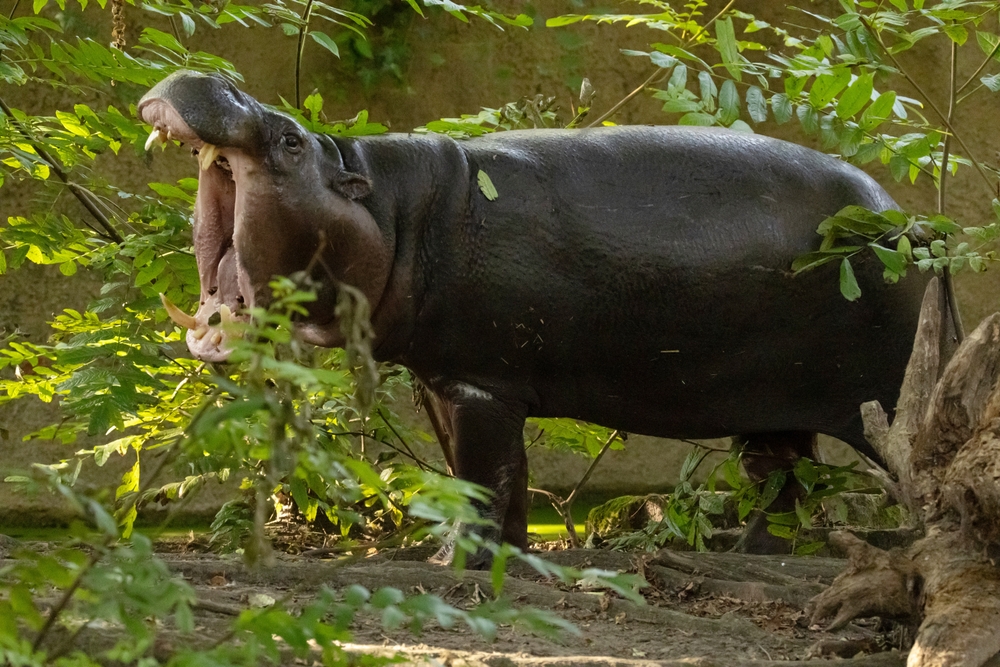Foya Overview
Foya National Park, locally referred to as “Foya Kamara” by the indigenous Lorma people, meaning “place of abundance,” is a pristine rainforest in northwestern Liberia. Located in Lofa County, this park is part of Liberia’s critical biodiversity corridor and holds immense ecological and cultural significance. Established to preserve the rich biodiversity of the Foya Forest, the park spans a vast expanse of dense rainforest, providing a sanctuary for endangered wildlife and vital ecosystems. For the local communities, Foya is not just a natural treasure but a spiritual and cultural landscape with deep-rooted traditions tied to its existence.
The terrain of Foya National Park is a striking combination of rolling hills, lowland rainforests, and intricate river systems. The landscape features thick forest canopies dominated by towering trees such as mahogany, ironwood, and kapok. The understory is dense with ferns, shrubs, and vibrant flowering plants, creating a lush habitat teeming with life. Rivers and streams snake through the park, nourishing the forest and forming wetlands that support unique aquatic species. The remote and untouched nature of the terrain gives Foya its wild and enchanting character.
Foya National Park is renowned for its extraordinary biodiversity, making it a haven for wildlife. The park is home to iconic species such as forest elephants, pygmy hippopotamuses, and endangered Western chimpanzees. Rare primates like the Diana monkey and red colobus monkey are also frequently spotted in its dense canopies. Bird enthusiasts will find Foya a paradise, with over 300 recorded species, including the white-necked picathartes and the African grey parrot. Amphibians, reptiles, and an astonishing variety of insects further enrich the park’s ecosystem, making it a critical conservation area in West Africa.
Visitors can explore Foya National Park through guided forest treks, wildlife tracking, and birdwatching excursions. The serene river systems offer opportunities for canoeing, while the forest trails provide immersive experiences in the heart of nature. Community-based tourism programs allow visitors to engage with the local Lorma culture, learning about their sustainable practices and spiritual connection to the forest. These experiences offer a unique blend of adventure and cultural enrichment.
Foya National Park faces challenges such as illegal logging, agricultural expansion, and poaching, which threaten its delicate ecosystems. The Liberia Forestry Development Authority (FDA), in collaboration with local and international conservation partners, has implemented strategies to address these threats. Initiatives include habitat restoration, anti-poaching patrols, and educational campaigns to promote sustainable practices among local communities. By empowering communities through eco-tourism and alternative livelihoods, conservation efforts aim to protect the park while ensuring the well-being of its people.
Foya National Park is a testament to Liberia’s rich natural heritage and commitment to conservation. Its breathtaking landscapes, incredible biodiversity, and cultural depth make it a vital destination for eco-tourism and a critical site for global biodiversity conservation. Protecting Foya ensures the preservation of one of West Africa’s last untouched rainforests for generations to come, contributing to regional stability and ecological sustainability.















































































